How to fish for sturgeon in a pond
Since the early 2000s, a particular fishing technique has developed in Italy aimed at catching a freshwater fish known not so much for its silent soul, but for the brute force it unleashes in combat. The sturgeon, the protagonist of today's article, was a fish that somewhat revolutionized the Italian sport fishing panorama. The reasons for this change were certainly different: novelty element, fish particularly suitable for catch andamp; release, guaranteed and prolonged fun for the multitude of fishermen who populate the lakes. After years of lake trout in winter and carp fishing in summer, the fishermen who frequented the quarries could finally compete with a respectable opponent, already present in some small basins, but who continued to repopulate other bodies of water for a fee . The sturgeon, "cultivated" in special farms intended for sports lakes, amused both adults and children with its way of reacting to being caught. It was resistant, fought for a long time, did not cause particular problems in the unhooking phase and, above all, reacted quite well to repeated hooking. Over the years, the sturgeon has become a common inhabitant in many lakes, from north to south, and specialized techniques and equipment have been created for the capture of this important adversary.
Sturgeon: species and physiognomy
In Italy it is possible to fish for American sturgeon, common sturgeon and pinocchio sturgeon. The coloration determines the species, and ranges from dark gray-brown to light gray. Its shape is rather elongated, with a flattened and rigid back. The head is leathery, therefore it has a very tangible layer of bone and furthermore the snout is elongated and tapered. The mouth is not located on the end of the head, but is positioned underneath, next to some barbels. The conformation of the sturgeon therefore determines the fish's habit of feeding in contact with the seabed, where it rootles freely both in summer and winter. It can reach considerable weights, even if the lake managers opt for prey from 6/7 kilos up to 30/40/50 kilos (real lakes transformed into "storiodromes"!).
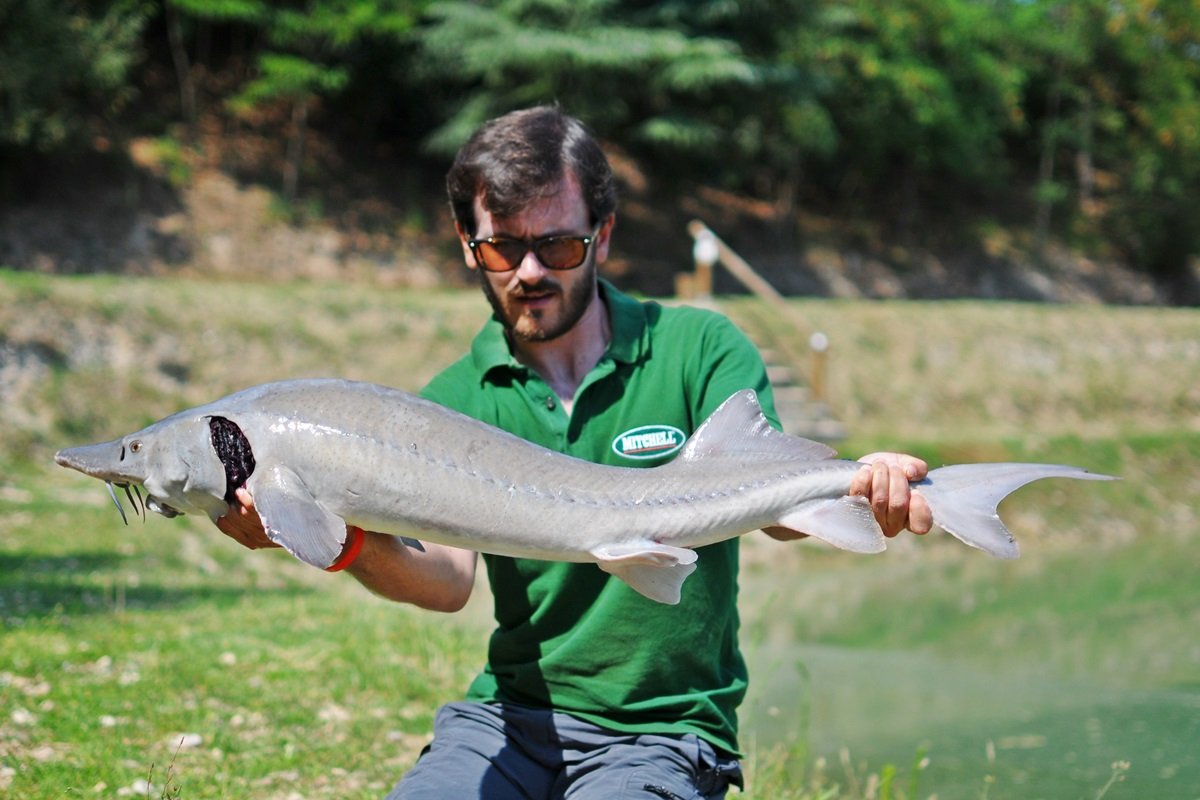 |
 |
The best lines for sturgeon fishing
Pond sturgeon fishing can be done in two ways. The first variant is bottom fishing, in the classic variant of ledgering, which aims to search for prey on the seabed, presenting the morsel on it. The second, however, is fishing with a float, which will aim to position the bait on the bottom anyway. Having established this common aspect for both techniques, let's look at them separately.
Float fishing
In the first case, to create the line (or rig - whatever you want to call it), it will be necessary to structure it with a float of 2 to 4 grams, torpille or bulk of pellets, swivel and a terminal of at least 30 centimetres, of 0.25. A rather simple line, with an equally simple bait: cheese, halibut pellets, corn grains with shrimp or whole earthworm, on 4/8 long shank hooks, possibly barbless. As for the rod, when fishing with a float you will need a 5 meter rigid action Bolognese rod, or a 4.50 meter multipurpose braided carbon telescopic rod, equipped with a 3000 or 4000 size reel.
Fish thoroughly
To practice it best, a 30/50 gram lead is required, mounted on an anti-tagle, a snag bead, a swivel and a leader of approximately 30/40 centimeters of 0.25/0.30. The hook will not differ from what is suggested for fishing with a float: 4/8 size, long shank. Also in this case, we recommend very voluminous baits such as cheese, pellets, corn grains, sardine slices, batter.
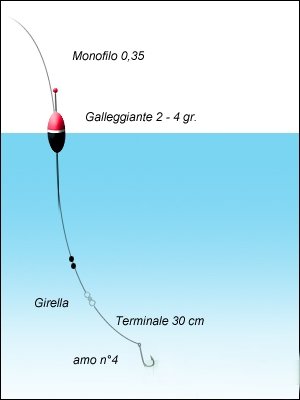 |
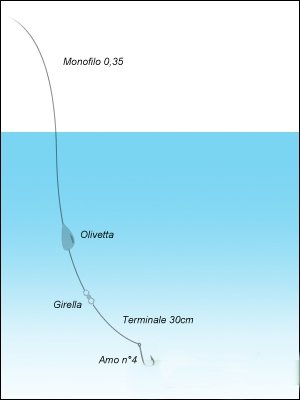 |
Pond fishing
One might think that sturgeon fishing in paid environments (quarries, carp fisheries, lakes in general) is easy fishing, almost for kids or pensioners. In reality it isn't. Sturgeons move slowly, almost listlessly. To intrigue them, it is necessary to choose a bait with notable attractive power, which can stimulate the olfactory sense of the prey. Cheese or two/three grains of corn with the most disparate flavors do not always succeed in this challenge. Here is the need to procure multiple alternatives, obviously in line with the pond regulations. It is not an easy fishing even for fighting the fish. The sturgeon is powerful, has a remarkable fin and has no problems at all when it has to run like a crazy train. Breaks terminals as if they were breadsticks. It jumps out of the water and heads back to the bottom in the blink of an eye. When he is close to the landing net, he unleashes an impressive force that breaks rods bent to the limit. Therefore be prepared for frenetic battles, even lasting more than half an hour. Be patient. Avoid sudden movements of the rod and choose reinforced tools. And at the end of the fight, take the sturgeon by the fin, give yourself a photograph and release it into the water with the utmost care. In short, thank him for giving you a moment of absolute happiness. Because fishing is also about being happy, right?

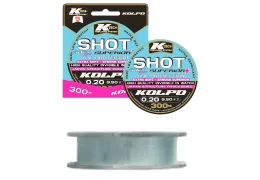
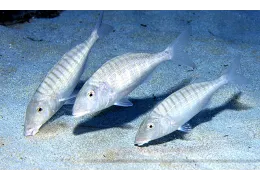
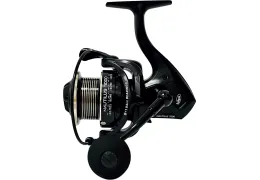
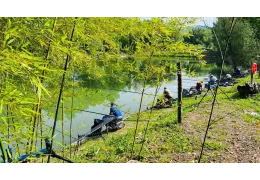

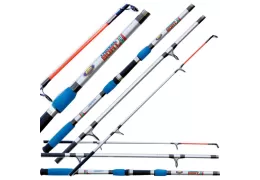
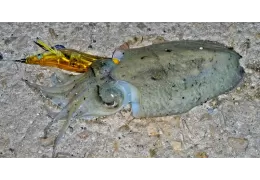
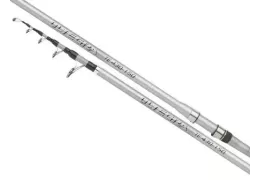



Leave a comment
Log in to post comments